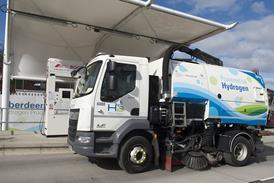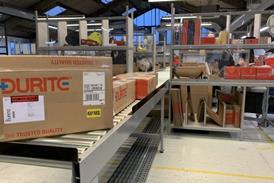A tanker driver suffered serious chemical burns to his feet after standing in what he thought was a puddle of water at a customer’s premises.
The driver required skin grafts and two toes had to be amputated following the incident at the site of chemical producer Tronox Pigment UK.
Tronox has now been fined £200,000 after the “disturbing” episode in Stallingborough near Grimsby in August 2022.
The Health and Safety Executive (HSE) said the driver was offloading his tanker with a delivery at the company premises and was standing in the puddle, which he assumed was water as it had been raining throughout the day and the drains were blocked.
However, the driver was actually standing in a pool of water containing caustic, a corrosive chemical substance.
The chemicals had leaked from the company’s scrubber system and secondary containment.
It ended up on the roadway after the site’s sump pumps failed to pump the chemicals away.
The burns the driver sustained led to him requiring skin grafts to the underside of both feet. The smallest toe on each of his feet were also amputated and he was unable to work for 12 weeks.
An HSE investigation found Tronox Pigment UK Limited did not respond adequately to control the risk of a loss of containment after the site’s sump pumps failed to work.
The firm’s failure to ensure the drains were kept clear also meant drivers did not recognise pools of standing liquid as a potential risk.
The company pleaded guilty to breaching the Health and Safety at Work Act and as well as the fine, was ordered to pay costs of £7,500 at Grimsby Magistrates’ Court on 15 September.
HSE inspector Angus Robbins, said: “This was a disturbing incident, given that an innocent worker was suffering severe burns without, at first, realising. Other delivery drivers visiting the area could also have been put at risk.
“The incident could so easily have been avoided by simply carrying out correct control measures and safe working practices.
“The importance of having adequate maintenance procedures and arrangements to respond to equipment failures, including assessing the risks arising from such failures, is essential.”









![Mercedes-Benz_eActros_600_(1)[1]](https://d2cohhpa0jt4tw.cloudfront.net/Pictures/274x183/8/2/0/17820_mercedesbenz_eactros_600_11_978080.jpg)




